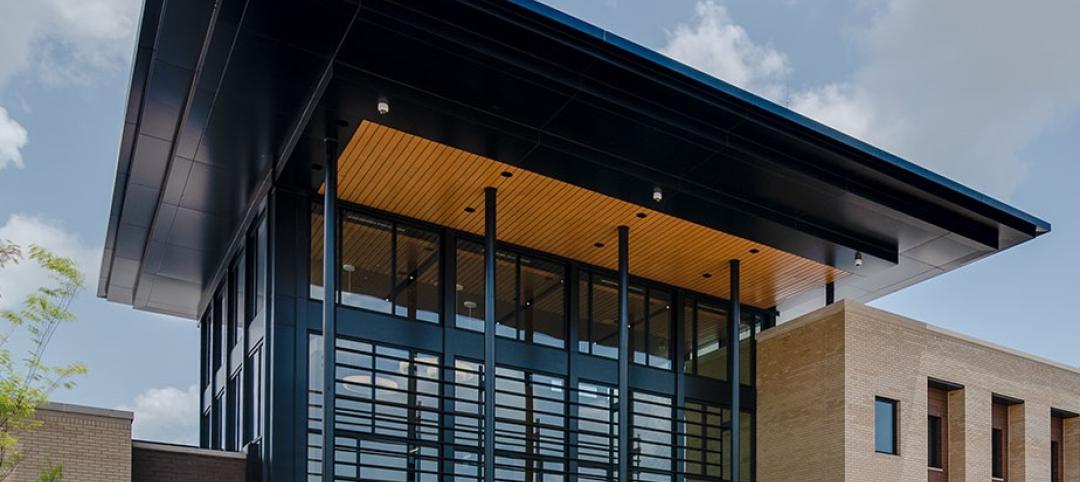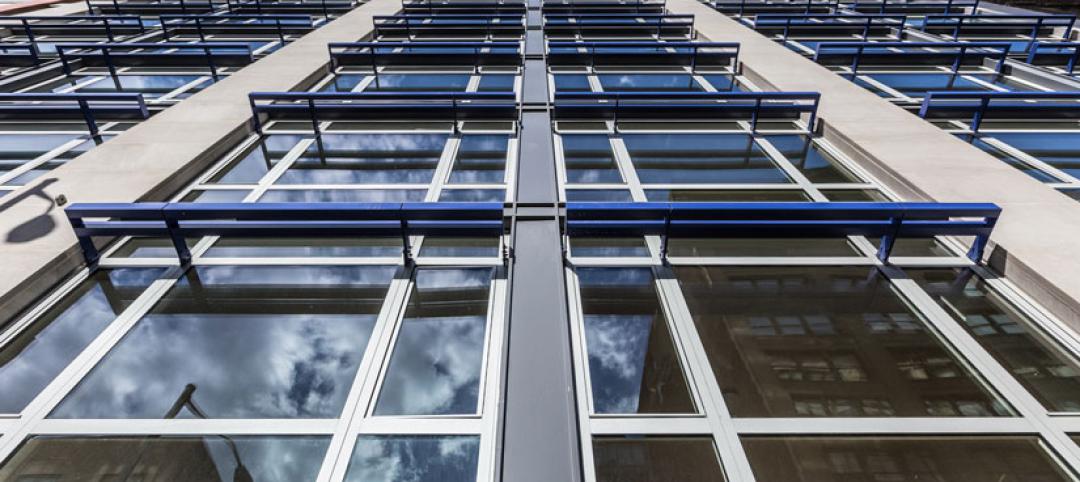HORIZONTV FEATURING BD+C: WATCH EPISODES ON DEMAND AT HORIZONTV
sponsored | Jul 12, 2023
Fire safety considerations for cantilevered buildings [AIA course]
Bold cantilevered designs are prevalent today, as developers and architects strive to maximize space, views, and natural light in buildings. Cantilevered structures, however, present a host of challenges for building teams, according to José R. Rivera, PE, Associate Principal and Director of Plumbing and Fire Protection with Lilker.
sponsored | Dec 14, 2022
Ballistic Glazing: Windows and Doors Designed for Security and Protection
For building teams choosing and applying bullet-resistant glass systems, understanding test criteria and ballistics attack types is essential
sponsored | Aug 24, 2022
Solutions for cladding performance and supply issues
This course covers design considerations and cladding assembly choices for creating high-performance building envelopes — a crucial element in healthy, energy-efficient buildings.
sponsored | May 10, 2022
Designing smarter places of learning
This course explains the how structural steel building systems are suited to construction of education facilities.
sponsored | Apr 19, 2022
Multi-story building systems and selection criteria
This course outlines the attributes, functions, benefits, limits, and acoustic qualities of composite deck slabs. It reviews the three primary types of composite systems that represent the full range of long-span composite floor systems and examines the criteria for their selection, design, and engineering.
sponsored | Jan 25, 2022
Multifamily + Hospitality: Benefits of building in long-span composite floor systems
Long-span composite floor systems provide unique advantages in the construction of multi-family and hospitality facilities. This introductory course explains what composite deck is, how it works, what typical composite deck profiles look like and provides guidelines for using composite floor systems. This is a nano unit course.
sponsored | Jan 25, 2022
Concrete buildings: Effective solutions for restorations and major repairs
Architectural concrete as we know it today was invented in the 19th century. It reached new heights in the U.S. after World War II when mid-century modernism was in vogue, following in the footsteps of a European aesthetic that expressed structure and permanent surfaces through this exposed material. Concrete was treated as a monolithic miracle, waterproof and structurally and visually versatile.
sponsored | Jan 24, 2022
Blast Hazard Mitigation: Building Openings for Greater Safety and Security
Increasingly, explosive blast concerns are driving the design of sites, structures, façades and glazed openings for today’s commercial,…
May 11, 2017
Chelsea Green Condominiums
“New Yorkers are the highest-performing people in the world. When they come home, they want to relax, escape, reenergize. That’s what we’re…
May 10, 2017
Owens Corning® Enclosure Solutions Overview Video
“Owens Corning® Enclosure Solutions deliver a range of options for commercial walls, roofs and below-grade foundations, all with flexible…















